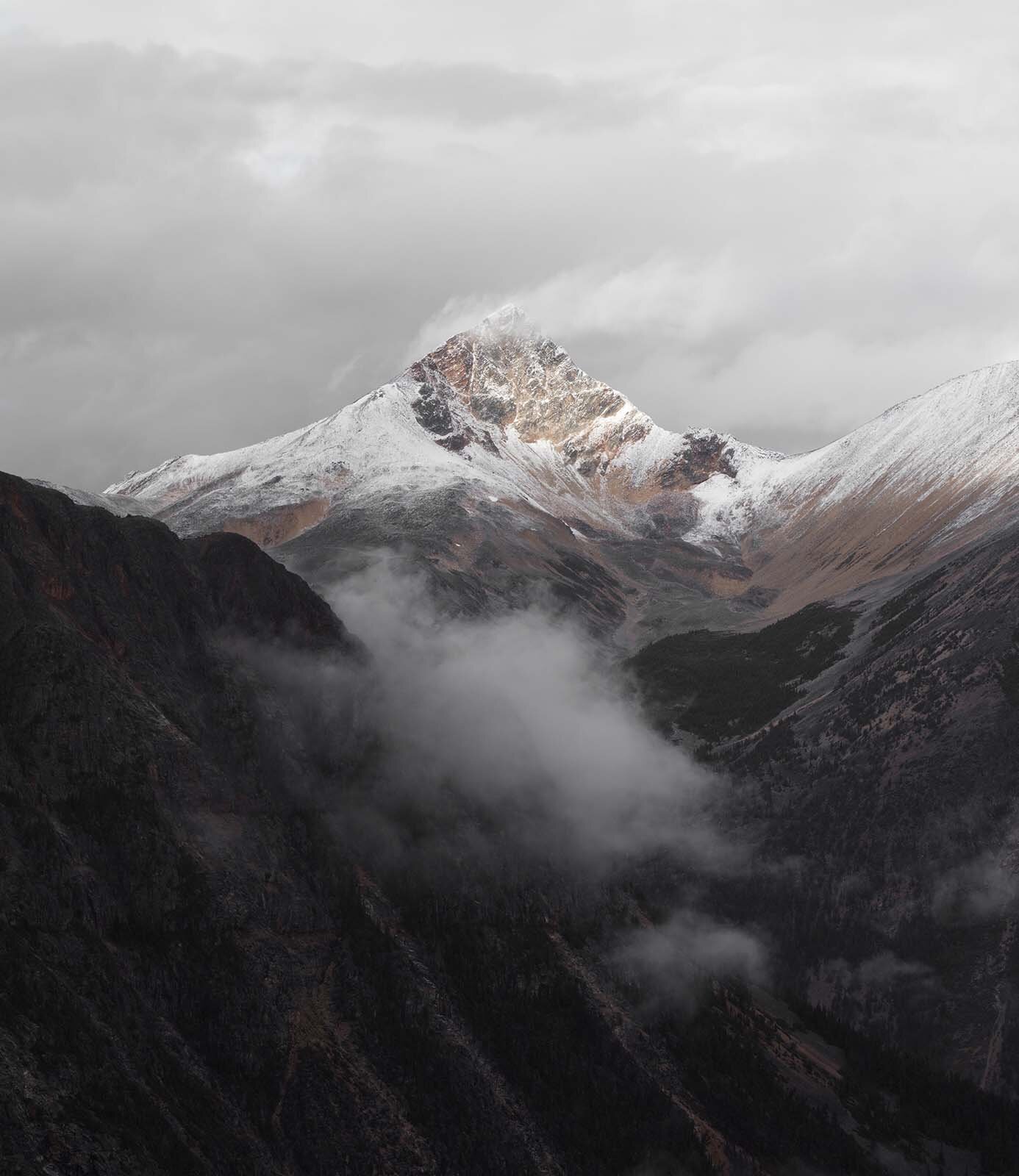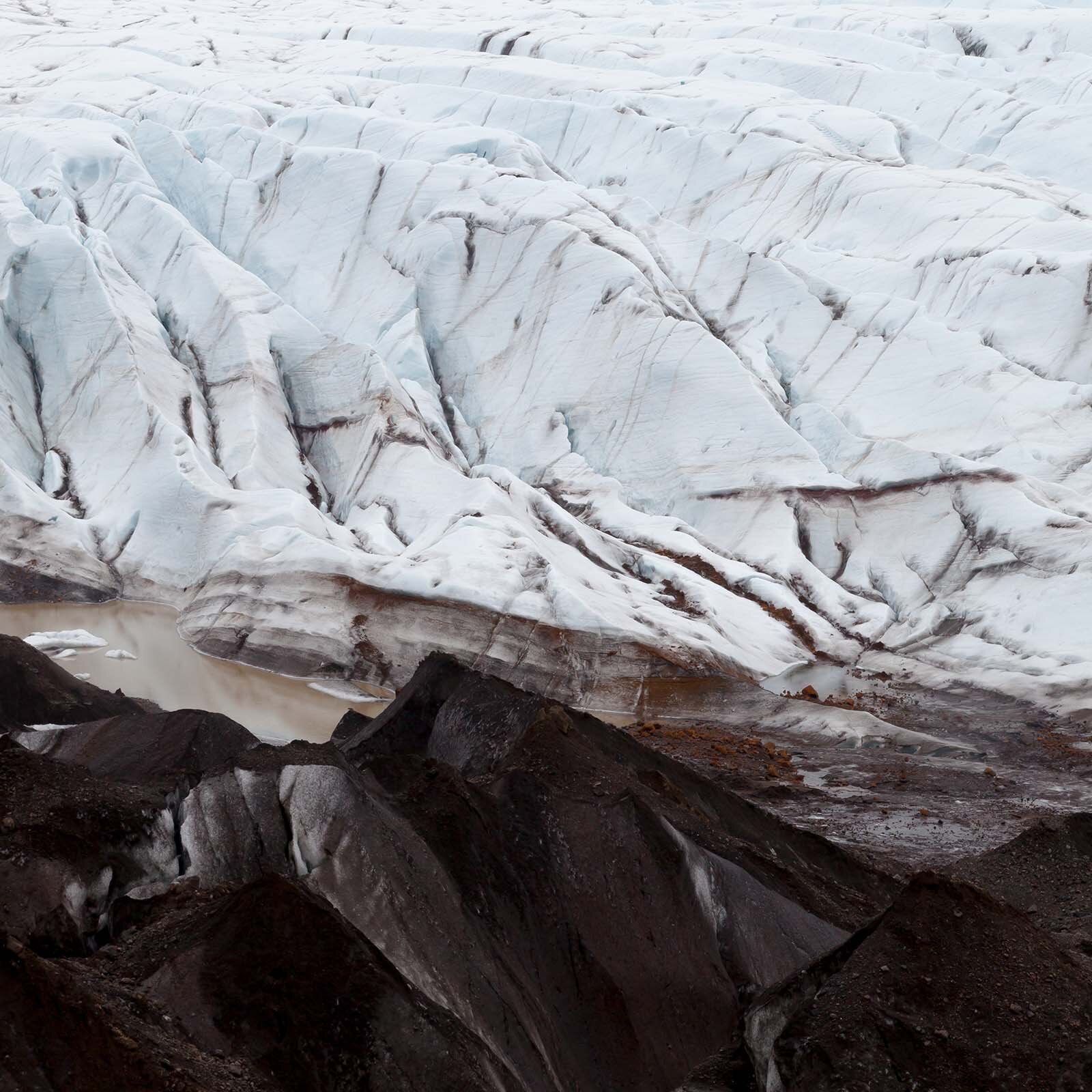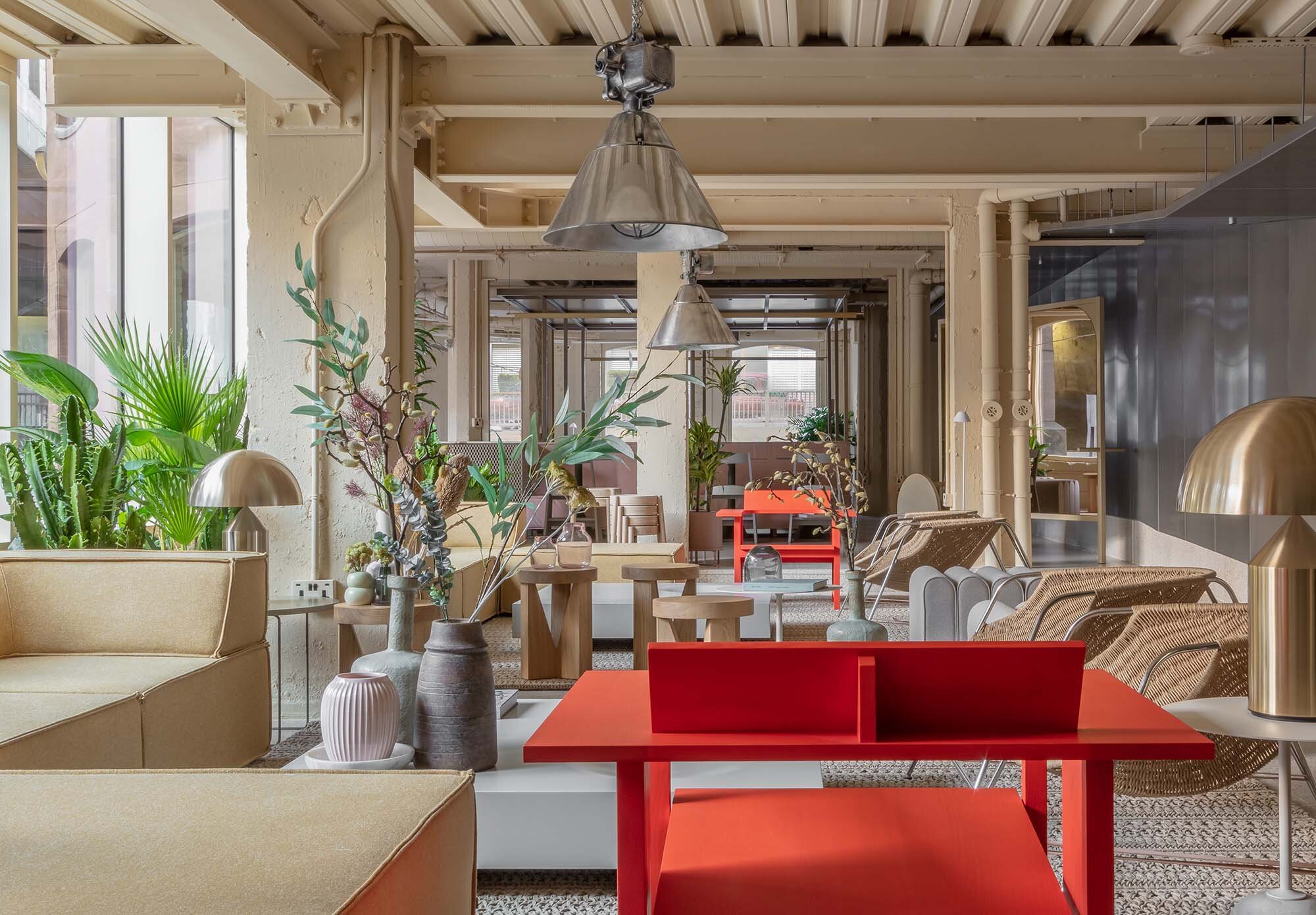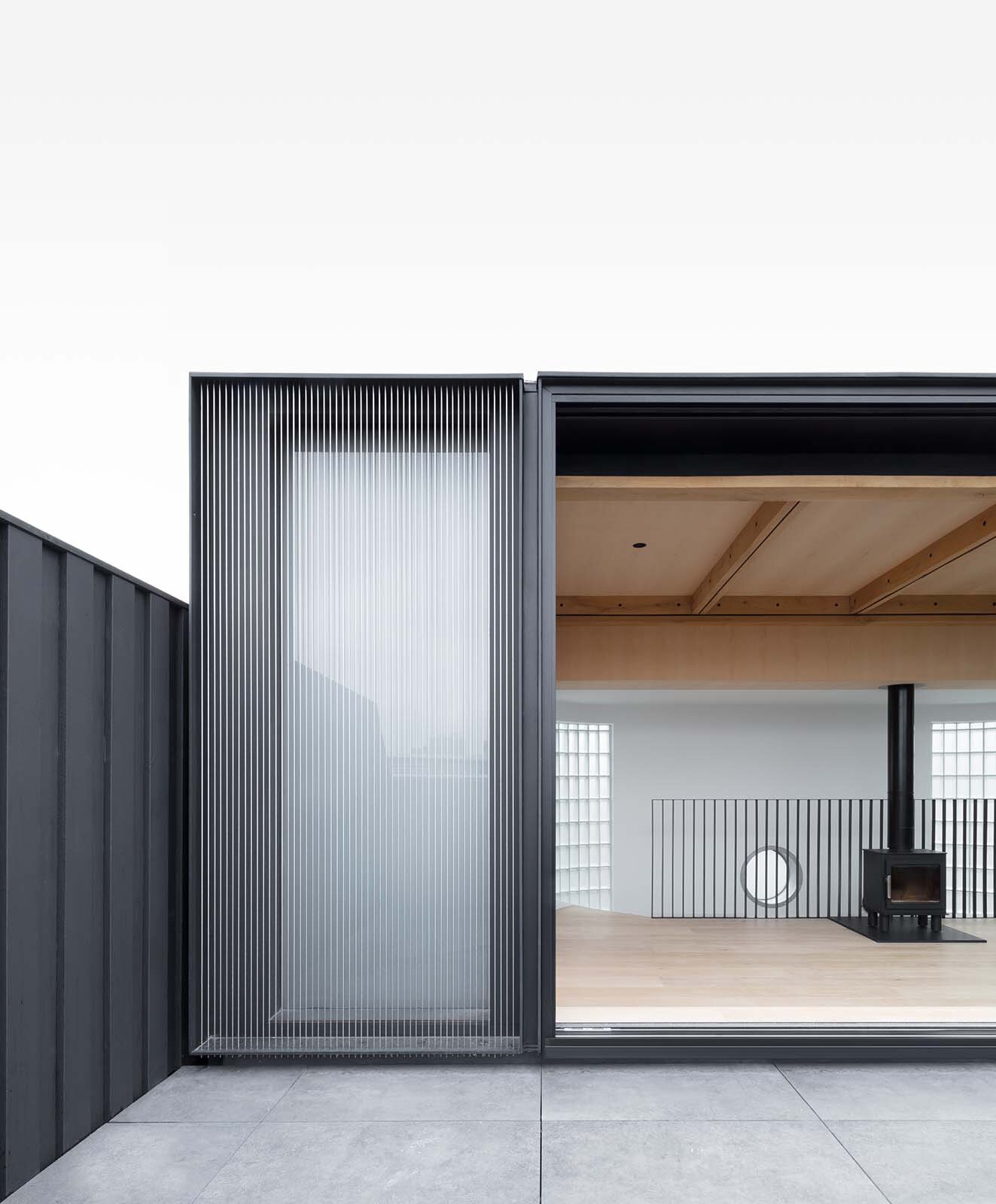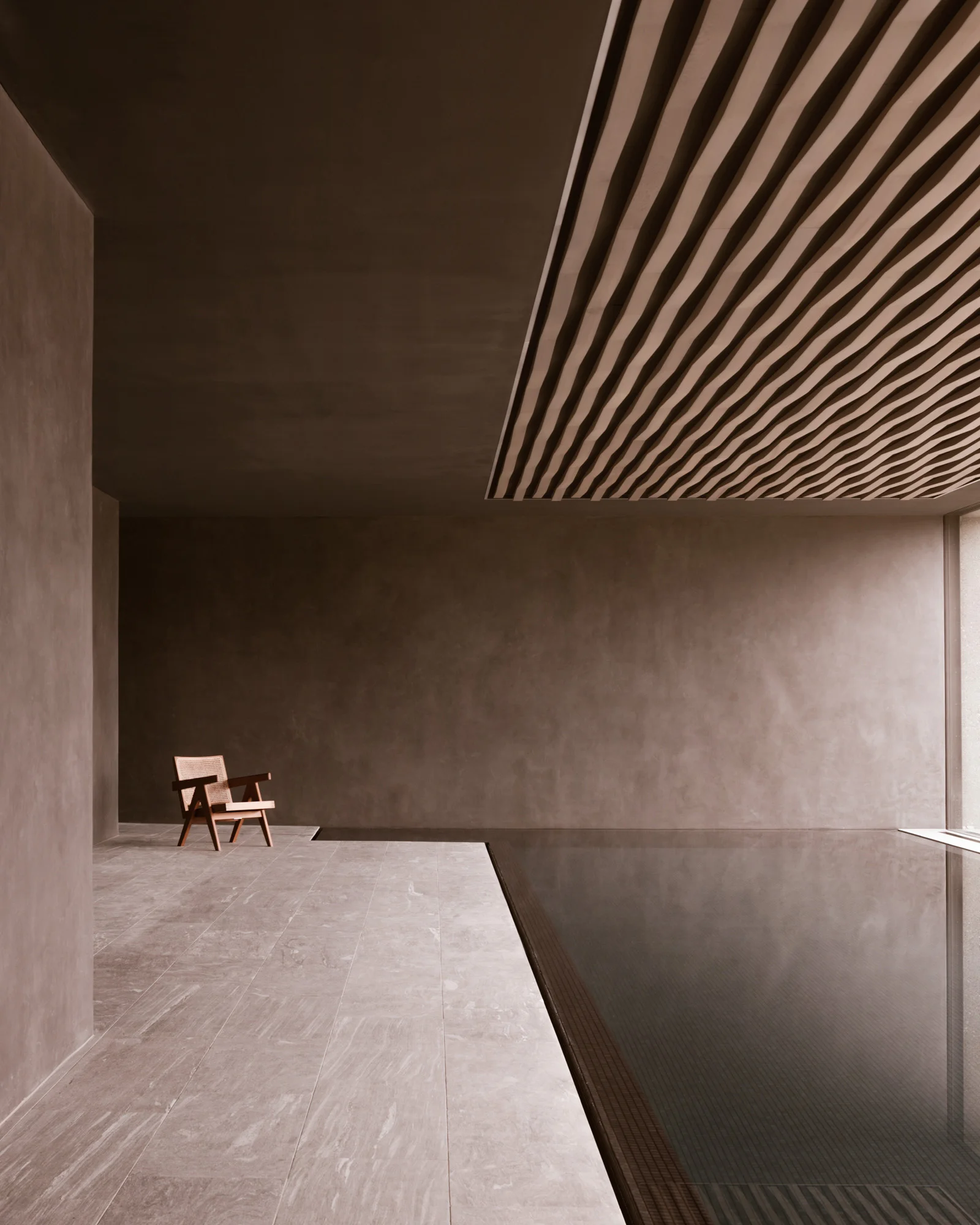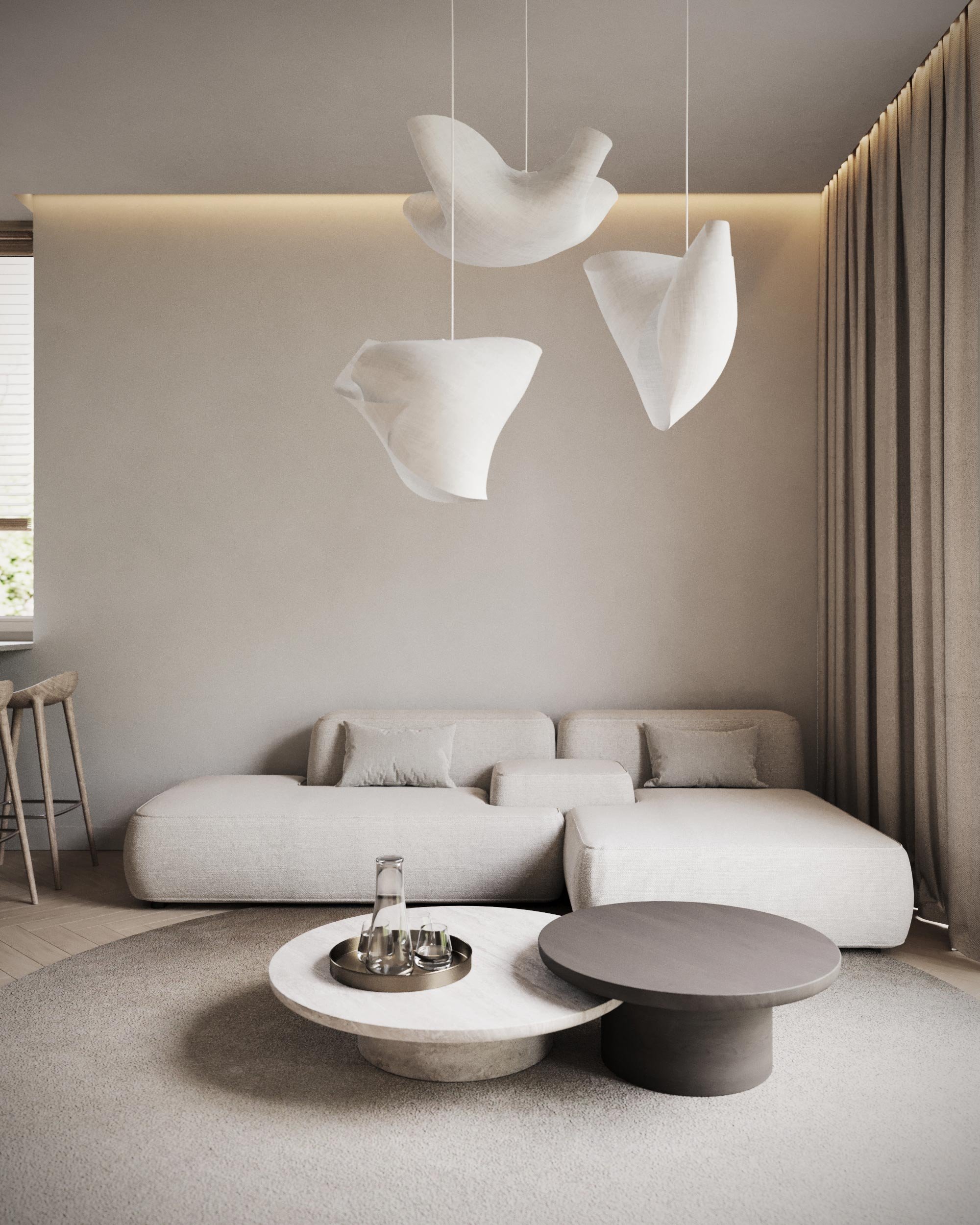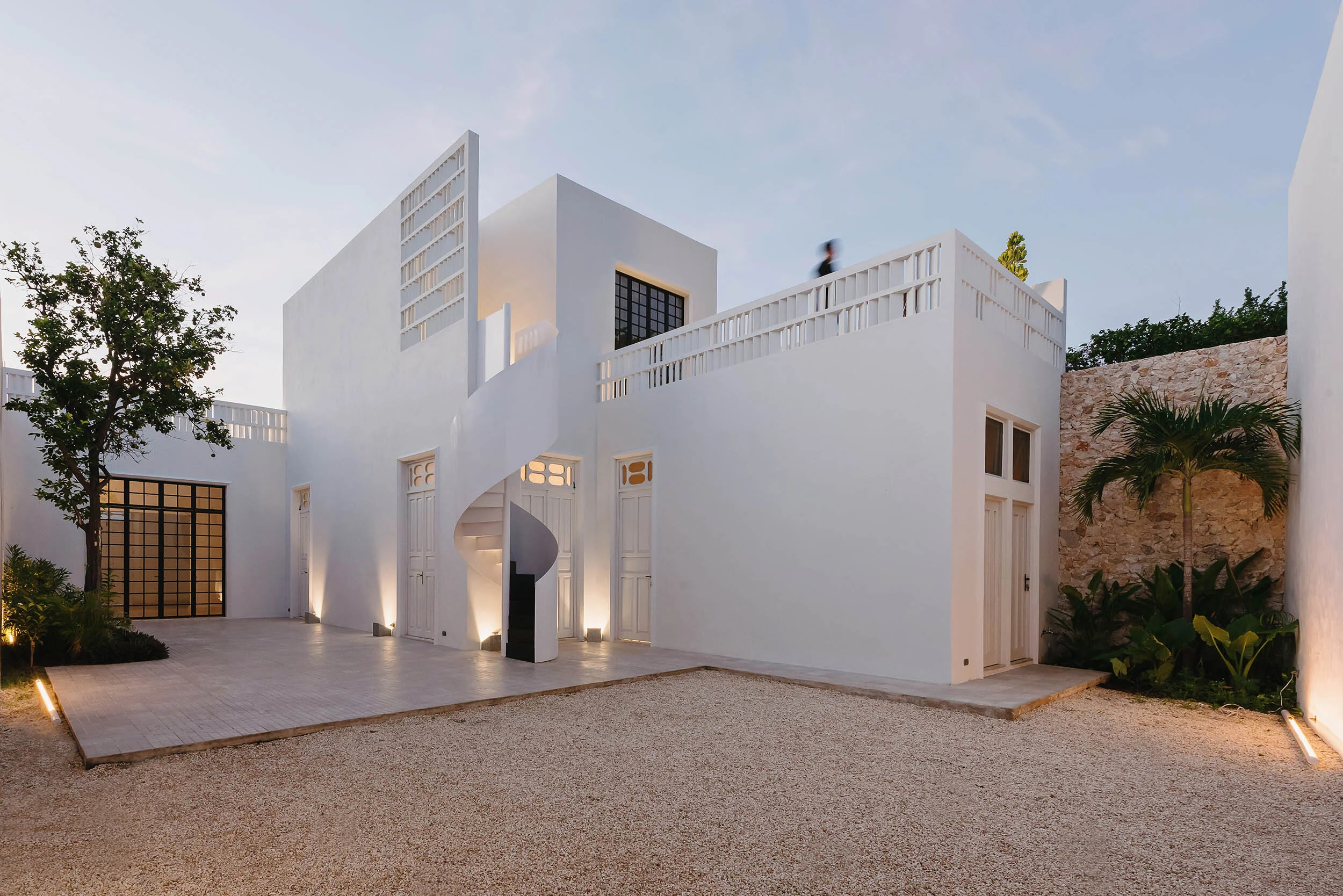Celebrating Wonder, Awe, and Freedom with Photographer Nicholas Worley
Celebrating Wonder, Awe, and Freedom with Photographer Nicholas Worley
Photographer Nicholas Worley Talks Translating Moments in Nature and Architecture Into Photographic Representations
Name:
Nicholas Worley
Photography:
Nicholas Worley
Words:
Caroline Meeusen
Nicholas Worley is a London-based architectural and landscape photographer, who has shot images all around the globe. Originally studying architecture at The University of Newcastle, he worked at an architectural practice in New York for two years before settling in London. Considering his background in architectural education and practice, he is great at looking at a project in detail and interpreting its design narrative which he masterfully translates to film. Both his landscape and interior images are captivating and hold the same core philosophy while still portraying new and unique impressions from time to time.
Nicholas is drawn to the raw and unfinished, which is something found both in nature and architecture. He knows how to capture nature in its most beautiful and mesmerizing form and always picks just the right spot in a building or interior to highlight. Following his own approach and rules, he captures nothing less than wonder, awe, and freedom in his stunning images. Here, Nicholas talks about the working process, challenges, and translating moments in this world into a photographic representation.
VISUAL PLEASURE Magazine:
Did you always know you’d be a photographer and when did you first start photographing?
Nicholas Worley: I studied architecture and was gifted my first analog camera, a simple Nikon F50, during my first year of university ahead of a study trip to Europe and North Africa. I hadn’t owned a camera before then. I would see images that I wanted to replicate, to understand how to achieve them technically: the movement of water or clouds, planets in the solar system and the Milky Way, or a balance of contrast in black and white photography.
There seemed to be a lot of trespassing involved in my early days. I would walk around the city in the early hours whilst it was quiet and dark, hop fences into old collieries, and enter building sites all in search of new subject matter—I was drawn to the unfinished, the raw, and incomplete.
How would you describe your style?
If pressed, as I am by this question, I would describe my style as orthogonal romantic. The strongest images in my view look to describe how elements relate to one another in a planar, single-point perspective—this applies to both architecture and landscape. I have discovered over the years that my approach has overtones of romanticism, favoring a celebration of wonder, awe, and freedom rather than applying any rules or classical notions of order.
Do you always edit your images?
I consider the digital darkroom to be just as important as the physical one. I prefer not to have the camera resolve the development settings of a digital negative, just as I don’t trust a commercial processing machine to determine how a physical negative should be developed. There’s a balance between how much time is spent shooting and how much time editing, and I think all photographers find their groove. When I shoot, I do so knowing the potential of how an image may come to life during the editing process. I never use an image straight out of the camera.
“I have discovered over the years that my approach has overtones of romanticism, favoring a celebration of wonder, awe, and freedom rather than applying any rules or classical notions of order”
You capture both interior/architecture and landscapes. Which one do you prefer and why
Some of my best work has been through collaborating with leading designers on capturing their latest accomplishment. Working together and exchanging ideas about how to translate a moment in the real world into a photographic representation, to accurately communicate a project’s values whilst achieving a beautiful image is fantastically rewarding.
That said, I prefer landscape photography, and the reasons are twofold. Firstly, and conversely, I have complete autonomy. Landscape photography is a reflection of my own interests, values, and identity, completely uninfluenced by another. Secondly, the character of landscape image that appeals to me often requires a great deal of effort to achieve since I’m often atop a mountain or have trekked through several kilometers to reach a viewpoint—this brings me tremendous satisfaction when I look back over the work.
Is there a different approach/style/process between the two?
Buildings and interiors are designed with composition in mind, the juxtaposition of elements is carefully considered. As a trained architect I feel that I’m able to understand the design intent and to reflect and build upon that when I shoot. The natural environment is not the product of a designer’s hand—I seek out the relationships between elements where they naturally occur and so landscape photography feels more instinctive than architectural photography.
Architectural imagery involves a high degree of precision and often wider fields of view to describe the spatial quality, whereas landscape images are much freer—I tend to shoot landscape almost exclusively at the telephoto range which affords a non-traditional quality.
What is the most beautiful place/country/site you ever photographed?
North America has an incredible variety of landscapes—mountains, glaciers, deserts, plains, and many other unusual places. The Bayou and the sculptural sandstone formations in Arches National Park spring to mind. However, Iceland has such variety on its small island, with unique volcanic forms and colors that provide endless wonder—perfect for a photographer.
Architecturally, I was floored by Jean Nouvel’s Louvre in Abu Dhabi. Whilst I wasn’t commissioned to photograph the building, I visited during a short layover on a return journey from Jakarta and captured what I could with my iPhone. The quality of light and unbelievable structural gymnastics are awe-inspiring.
“The character of landscape image that appeals to me often requires a great deal of effort to achieve since I’m often atop a mountain or have trekked through several kilometers to reach a viewpoint—this brings me tremendous satisfaction when I look back over the work. ”
What do you find the most challenging about your job?
The most challenging is being satisfied enough with an image before moving on to the next. I have a tendency to fiddle with a scene over and over until it’s just right. I think with any creative endeavor nothing is ever complete, with time it’s possible to continue refining—there is some pleasure in knowing that I have been able to draw myself away rather than spend all of my time on a single view.
And what the most rewarding?
As a photographer, I’m lucky enough to be involved in the architectural process at the best possible time. The finished building is a result of all of the hard work, and often stress and heartache that the project team has been through. I’m appointed at the moment when everyone is happy with what they have achieved—enough that they wish it to be recorded for eternity. This is a nice environment to work in, to capture and celebrate the result of the collective effort. And of course, I see and experience incredible and inspiring projects across the world, often in locations with access to beautiful landscapes.




